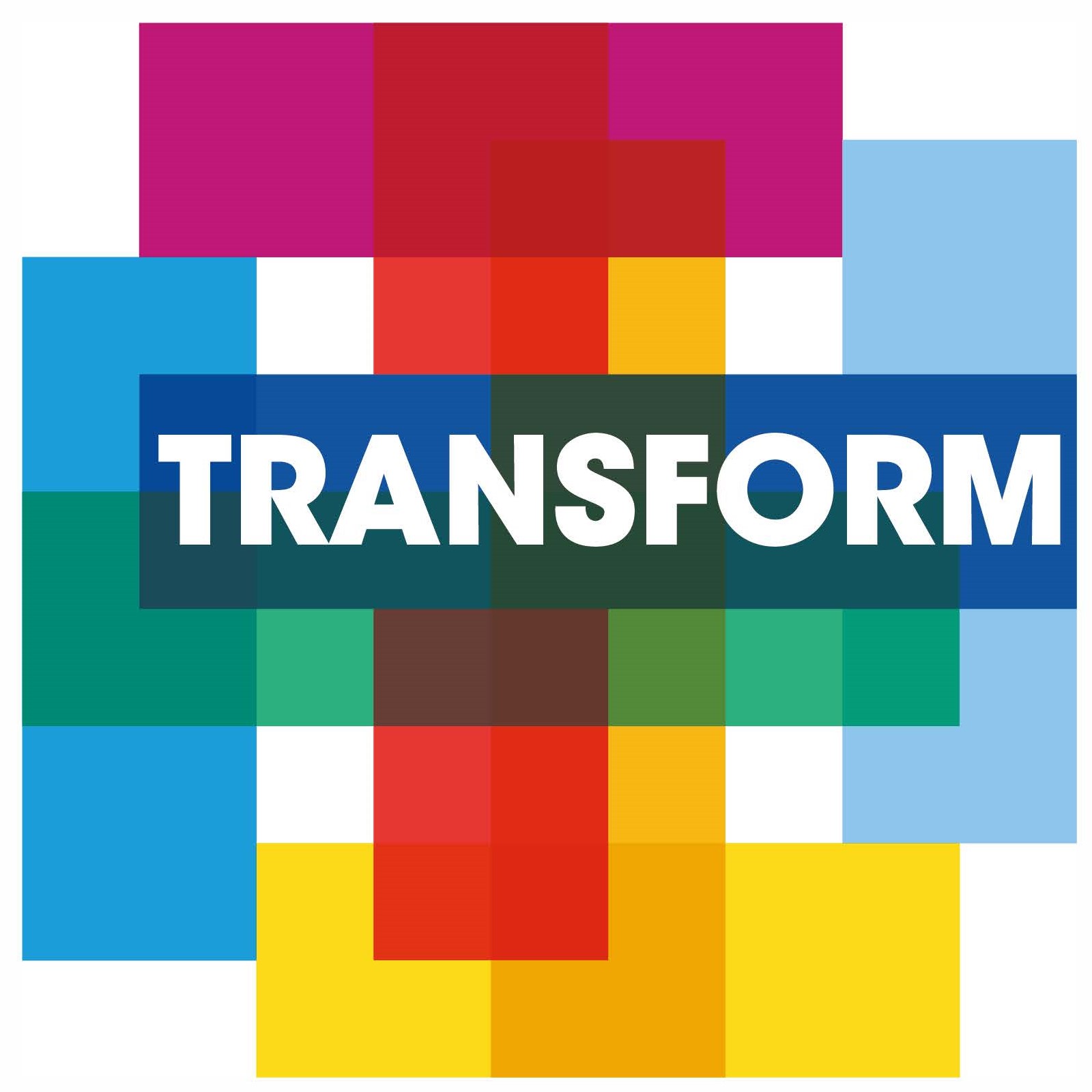New soil for the “bonsai people” of Western Province: ZayoHub and community-centred design
Published on: 19/01/2021
“.. [underserved] people are like bonsai trees. There is nothing wrong in their seeds. Simply, society never gave them the base to grow on. All it needs… is for us to create an enabling environment for them. Once [they] can unleash their energy and creativity, poverty will disappear very quickly.” (Mohammed Yunus, 2007).
The soil is poor in Western Zambia – both literally and in terms of Mohammed Yunus’s metaphor. Climate is degrading already poor agricultural soils, causing crops to fail, while ‘the base for people to grow on’ is also lacking.
Zeal has lacked soil. Before TRANSFORM enterprise ZayoHub came to her village, she supplemented her income from her small plot of land by selling fritters to her neighbours. She made very little profit on the single bucket of fritters she sold, despite the effort involved in buying the ingredients, and making and selling the fritters.
Zeal didn’t lack the desire, energy or creativity to grow her business, but she lacked the enabling environment. After spending the day looking after her five children, she only had enough daylight to make one bucket of fritters; only enough money to buy one bag of flour (once she’d spent $5 on the bus fare to get to the wholesalers); and wasn’t able to reach fritter-hungry customers in the nearby town.
Unleashing Zeal’s entrepreneurial creativity meant working with her and her community to create a solution that truly met her needs.
In 2018, TRANSFORM, a joint initiative between Unilever, the UK’s Foreign, Commonwealth & Development Office (FCDO) and EY, supported the innovative team to create ZayoHub in rural Zambia.
ZayoHubs, in the first instance, are buildings with mobile phone masts and internet connections, both of which are powered by solar energy. They could be seen as just another ‘technology-based’ innovation, destined to fail in the last mile. However, ZayoHubs were co-created with communities from day one. Community members help to build the hubs; the facilities offered are designed and implemented with the community; and local youths are appointed to run the ZayoHubs.
This community-centred design meant that the ZayoHub in Zeal’s village could directly meet her needs – giving her the ‘soil’ to grow her business. Today, she rents a solar-charged battery from the ZayoHub that powers the light she uses as she makes fritters late into the night. Additionally, her microloan enables her to buy three bags of flour and rent the Zayo-bike that she uses to cycle to fritter-hungry customers in the local town.
We love this story at TRANSFORM. It demonstrates three key lessons:
- The importance of designing with and for the community. Technology is key but needs to be integrated with sensitivity to effectively meet local needs and capabilities.
- That no one intervention alone will provide all the ‘soil’; instead it is necessary to create an enabling environment that consists of complementary innovations.
- That creativity and entrepreneurism is alive and well at the base of the pyramid – treat the underserved as innovation partners rather than beneficiaries, and real change will be achieved.
For more information on TRANSFORM, follow us on Twitter (@TRANSFORM_SDGs) and Linkedin.
-
 Insights
Insights
